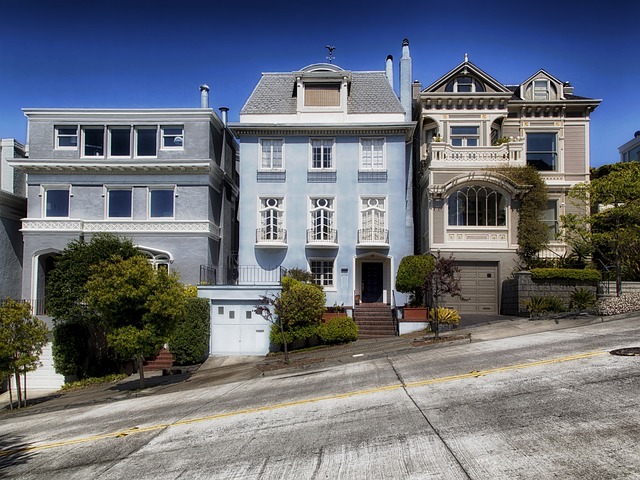
Zoning can determine the commercial use of a neighborhood or area.
Zoning is the act and result of zoning : establishing zones in a certain area. The concept refers to dividing a territory into different sectors , constituted based on certain criteria.
Overview
There are, therefore, multiple types of zoning. It is common for the urban or metropolitan planning of a city to resort to zoning that creates residential zones , commercial zones , industrial zones , etc. In each area, specific permits and authorizations apply for the development of activities and the usufruct of the land, and specific fees and taxes usually apply.
Through zoning, it is defined what type of constructions can be built in each area and what purpose the properties can be given. In a residential area, to mention one possibility, you cannot build a chemical factory.
An air conditioning system , meanwhile, can use zoning to heat and cool a house according to the needs of each environment. This saves energy , as one room is likely to be colder than another and need less cooling in the summer (and more heating in the winter).
Ecosystem zoning
Ecosystem zoning , on the other hand, is essential to correctly manage natural resources and preserve nature . This process favors territorial planning and allows the establishment of standards and homogeneous management according to characteristics.
For the zoning of ecosystems, the usefulness and vulnerability of natural resources, potential environmental risks and the use that inhabitants give them, for example, are taken into account.
Single use
Zoning in which only one type of use is possible per zone is known as single-use or, in the United States, Euclidean , following a lawsuit in Euclid , Ohio, where it is the most common system. Generally, in this category we find residential , commercial, spatial and industrial areas. In each of them we can find a subclassification, which gives rise to new categories; For example, in the commercial area there may be others to specify whether they are wholesale or retail activities and if there are offices.
Mixed use
Unlike the previous one, mixed-use zoning has the objective of optimizing small spaces for carrying out various complementary activities throughout the day and night . This does not mean that there are no limits, since not all of them are compatible with each other, but rather that mixed regulation is more flexible and pursues a use more adapted to modern needs , intelligently combining commerce with residence, for example, to enhance the productivity of certain geographic areas.

In a residential area we do not usually find commercial stores.
Based on the shape
As its name indicates, this category does not limit the use given to the geographical space, but rather the form that its use takes. One of the resources that is usually applied in this type of zoning is setback , especially low: it involves distancing a part of a building (or its entirety) from the street or other parts of it with the intention of gaining space, taking advantage plus air flow or sunlight. Broadly speaking, the objectives are usually to use the land to improve the experience of pedestrians, taking into account their special needs.
Conditional
It is perhaps the most flexible type of zoning, since some rules imposed by the previous ones can be skipped, but only in special cases. These must be adequately studied before receiving approval to make exceptional use of land. The crucial issues in this framework tend to be health, access to nature and basic services, which outweigh large commercial projects.
